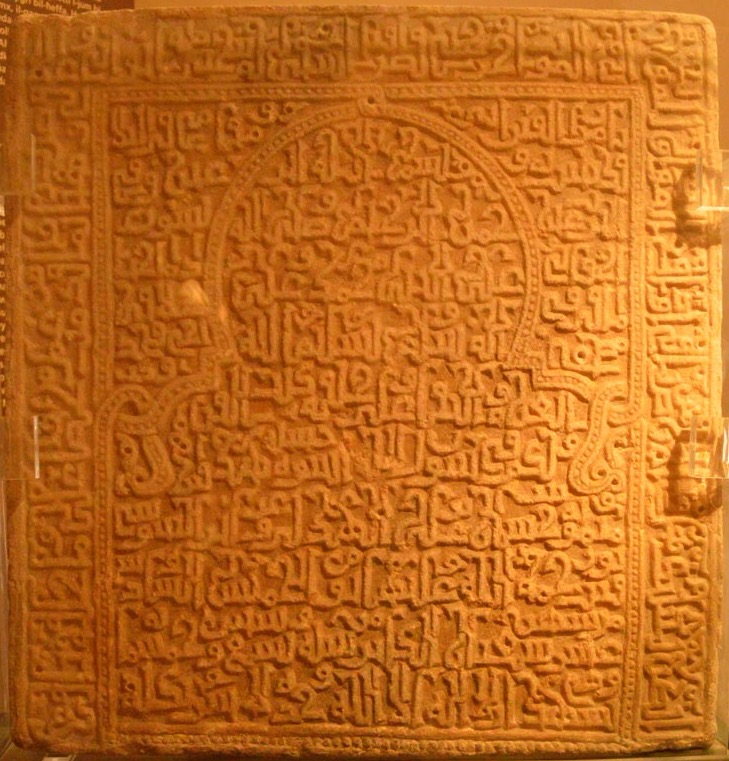Facts About Maymūnah Stone
The Maymūnah Stone is a captivating 12th-century marble tombstone likely unearthed in Xewkija, Gozo, Malta. This artifact is a crucial piece of evidence of the Islamic presence in Malta and is currently on display at the Gozo Museum of Archaeology in the Cittadella, Victoria, Gozo.
Remarkably, the stone began as a Roman artifact, adorned with a rose relief, before being repurposed as a tombstone. The Arabic inscription reveals that it marks the resting place of a girl named Maymūnah, who passed away on March 21, 1174. The text not only invokes the prophet Muhammad but also reflects on themes of mortality and faith, offering rich historical and religious insight.
The precise location and date of the stone's discovery remain somewhat enigmatic, with some speculating that it might have originated in Tunisia. Over the years, it has changed hands and locations multiple times, finally becoming part of the Gozo Museum of Archaeology's collection in 1960. Today, it is regarded as one of the museum's most treasured artifacts.
The true historical significance of the Maymūnah Stone lies in its preservation of a chapter of Islamic history in Malta. It serves as a tangible link to a time when Islam was the dominant religion on the island, until the expulsion of the Arabs in 1224. This stone stands as a testament to Malta's multicultural past and the lasting legacy of various faiths and cultures on the island.
